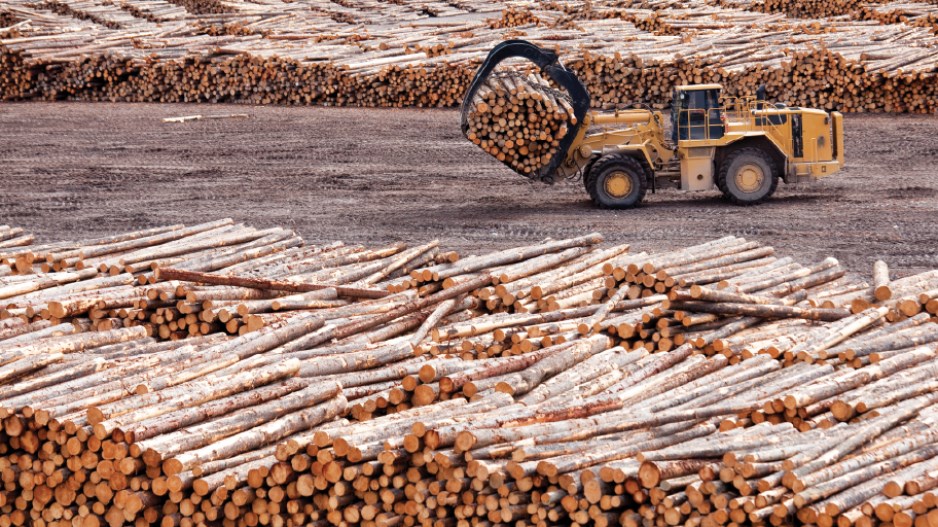The provincial government is promising to boost Indigenous engagement in forestry as it sets out on the largest series of policy updates for the sector since the early 2000s.
Victoria’s plans would see it double the amount of replaceable forest tenure held by Indigenous nations from the current levels of 10%, according to the strategy unveiled on Tuesday.
“It’s absolutely vital we do not repeat the colonial activities of the past and dictate to First Nations what they do in their territories,” B.C. Premier John Horgan said during a media briefing, later invoking last week's horrifying discovery of 215 Indigenous children’s bodies at the site of a former Kamloops residential school.
“Despite record-high prices, many forestry communities are struggling.”
John French, chief of the Takla First Nation, said during the same briefing that the plan would ensure Indigenous peoples in B.C. would remain active decision-makers in the management of forests.
“It is an important step in ensuring that we First Nations people take a rightful place as partners in the forestry sector,” he said.
Mass timber projects are also set to be prioritized within the construction of public buildings as part of the modernization efforts.
The province is currently facing significant pressures on its supply of timber owing to wildfires, the pine beetle infestation and withdrawals from the timber-harvesting land base.
In a bid to navigate changes afoot within the sector, Victoria is committing to boosting both community participation, as well as ensuring that timber allocation supports market pricing.
A total of 20 policy intentions serve as the backbone of the new strategy, which includes creating more opportunities to redistribute forest tenure. Tenure is the mechanism by which companies gain access to Crown land to harvest timber.
The province is also seeking to offer clarity on compensation for lost harvesting rights and creating flexibility when forest licences need to be reduced.
Other policy intentions include:
· Further define timber tenure transfer requirements
· Enhance revenue oversight for log exports
· More flexibility in how the minister of forests allocates timber
· Increased timber access for higher value domestic manufacturers
The plan comes amid soaring demand for B.C. lumber, with prices going from between $550 and $600 per thousand board feet in March 2020, to $1,400 per thousand board feet by March 2021.
Booming housing starts and home renovations in the U.S. and Canada, and a shrinking timber supply in B.C., traditionally one of North America’s biggest softwood lumber producers, have been the driving force behind the price surge.
A specific timeline for deploying the province’s plan has not been set, however, updates are expected throughout the summer and fall.
The province’s plan is based on three guiding principles: increased sector participation, enhanced stewardship and sustainability, and an enhanced social contract to give government more control over management of the sector.
About 200,000 hectares of timber are harvested annually in B.C. within the 22 million hectares available for harvesting (B.C.’s total land area amounts to 95 million hectares).
—With files from Nelson Bennett



